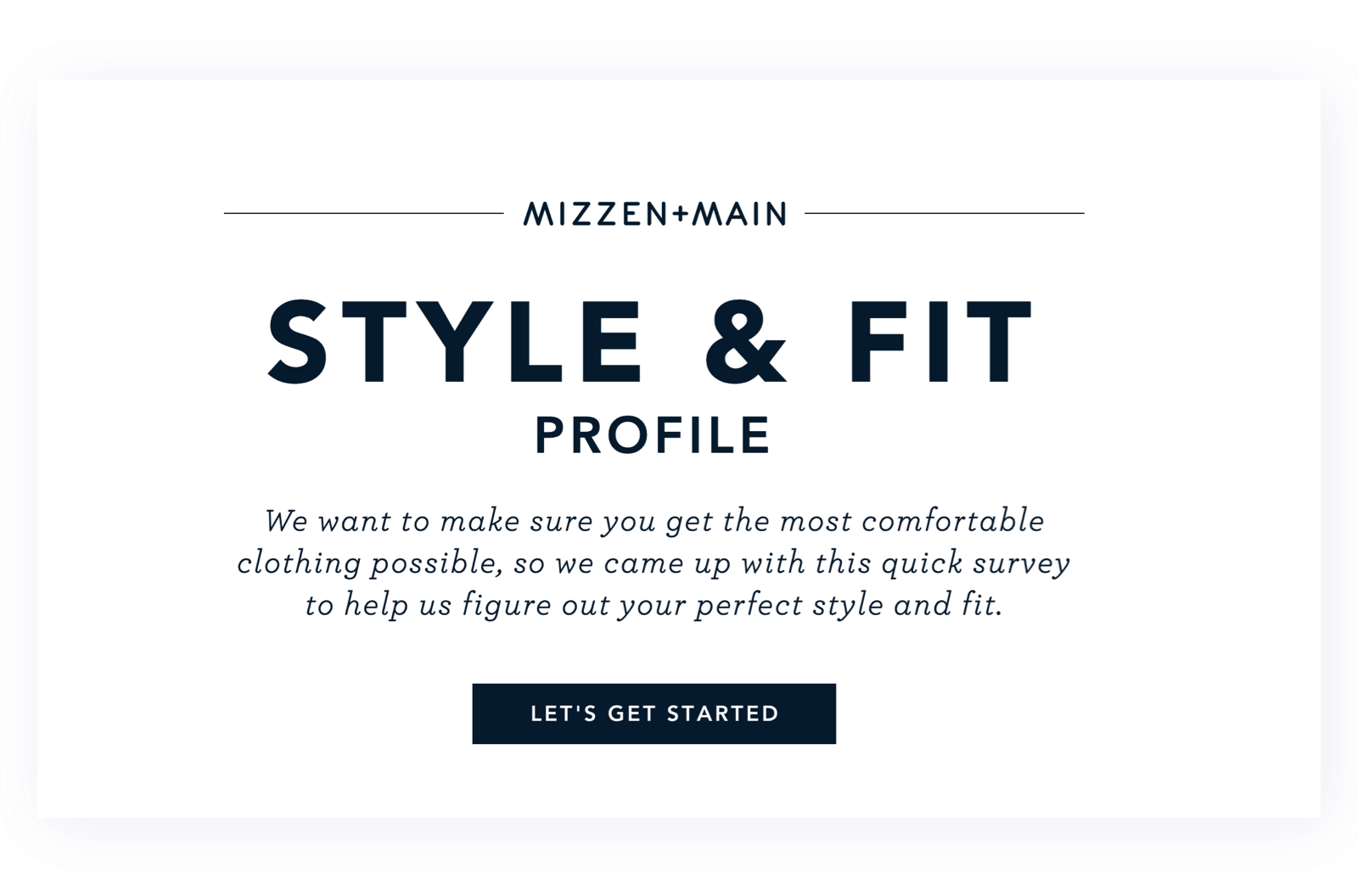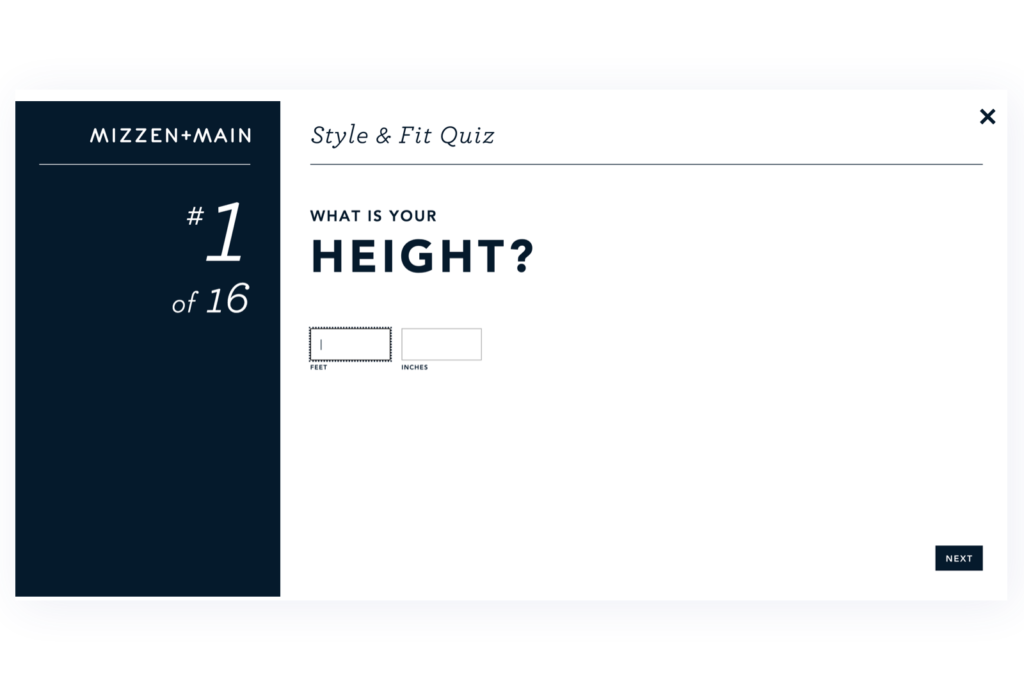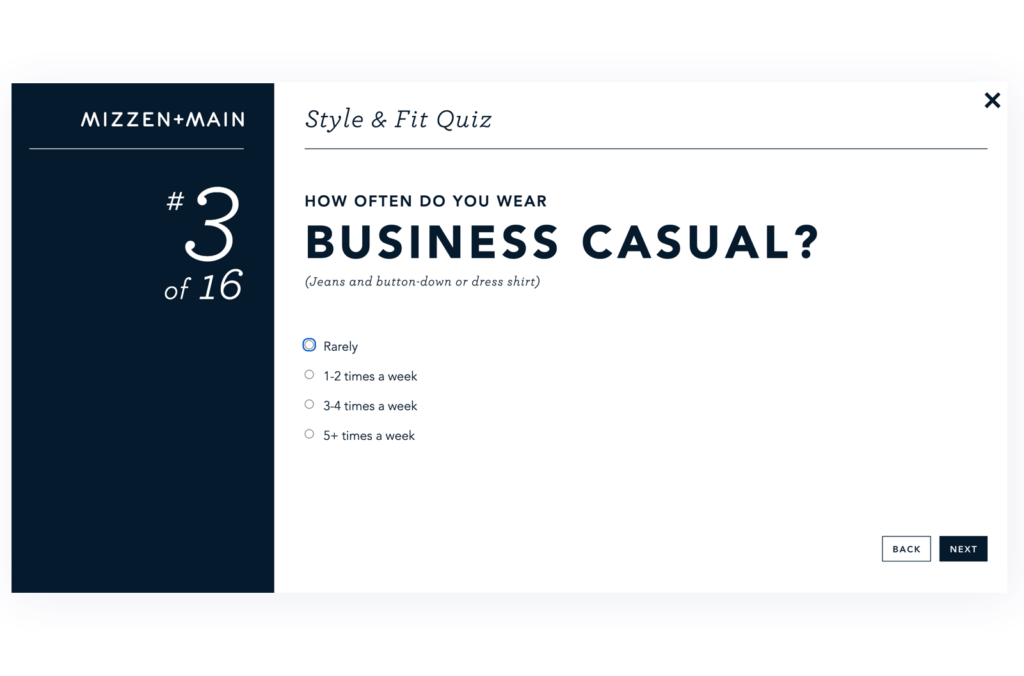As you may have heard, the cookie is crumbling. With the E.U’s creation of the General Data Protection Regulation (GDPR) in 2018, soon followed by cookie phaseout announcements made by Apple and Mozilla, and only further cemented by Google’s declaration of a cookie-less era in 2023, third-party data will become significantly less impactful.
Without third-party cookies, targeted adverstising accuracy can only go so far. Tracking is crucial to audience targeting, and advertisers will need to cast wider and wider nets to reach potential customers. Plus, as paid ads become more ineffective, customer acquisition costs will only continue to rise.
We all know massive changes are on the horizon, but how are eCommerce brands preparing for them? We recently surveyed our community of D2C brands and asked them about their cookie-combating strategies. We wanted to know if they felt prepared to advertise in a cookie-less world and if they plan to dedicate more of their budget to digital marketing efforts once cookies are gone.
The overwhelming result? Brands don’t know.
While marketers know they can no longer rely on third-party cookies for paid advertising efforts, they also don’t know how to replace the lost visibility.
And, consumers already find targeted ads invasive. According to Hubspot research, 91% of shoppers think ads are more intrusive today compared to two to three years ago. Today’s consumers want to protect their personal information, and they’re only willing to give it to brands who use their data transparently. As shoppers are empowered to distribute their data as they see fit, they also now know the value of their personal information — and they’re willing to share it for the right incentive.
To overcome the crumbling cookie, go straight to the source and ask your customers directly, also known as zero-party data.
What is zero-party data?
Zero-party data is the way of the future. Unlike third-party data, zero-party data is freely offered. According to a July 2020 Forrester blog Straight From the Source: Collecting Zero-Party Data from Customers, “zero-party data [is] data that a customer intentionally or proactively shares with a brand, which can include preference center data, purchase intentions, personal context, and how the individual wants the brand to recognize her.”
Consumers want to feel that brands know them personally. Over 80% of shoppers are more likely to buy from a brand that provides a tailor-made experience, and 83% are more willing to share data if brands are transparent about how it’ll be used. Brands have to be clear about what data they collect and store as well as how they’re going to activate it.
Customers don’t want to be tracked and targeted unknowingly. They want bespoke experiences on their own terms. Asking consumers directly what they want from your brand delivers both experiences, while also combating the cookie dilemma.
Loyalty programs provide a clear value exchange
But, customers aren’t going to clue you in on their product preferences and purchase habits without receiving something in return. Shoppers have high expectations these days, and they need to feel like they’re gaining something for their repeat business. A loyalty program unlocks zero-party data because it provides clear value to customers.
Exchanging points for discounts is a popular tactic in loyalty programs. But, it’s not the only strategy brands can use. According to Yotpo’s global loyalty survey, discounts are not the only perk consumers care about. Based on current trends, customers want perks like exclusive access to new product lines, free samples, or VIP invites to brand events.
How to collect & activate zero-party data with loyalty
By offering these experiences, brands can leverage different incentives to gain access to consumers’ personal information. You can offer points in exchange for data-focused quizzes and forms, which provide meaningful information about product preferences, customer intention, background information, and more.
Mizzen+Main, a popular menswear brand, knew that their customers needed some direction when it came to finding the right clothes. To encourage shoppers to share their information directly with the brand, Mizzen+Main created a Style and Fit quiz incentivized with loyalty points. The quiz collects data on customers’ height, weight, style preferences, color preferences, clothing sizes, and more.




Loyalty also gives customers a reason to self-identify, providing brands with even more information about a customer’s path to purchase. When a member logs in to your website, they immediately receive a personalized, transformative experience. Product recommendations, past purchase info, VIP status updates, concierge experiences — customers immediately go from unknown shopper to known loyalty member.
Act now, before the cookie crumbles
Third-party data will soon be a thing of the past, so it’s important to start preparing now. By creating a strategic loyalty program, you can continue to collect data from customers without infringing on their privacy — all while continuing to drive incremental revenue growth and emotional connections. Ready to build your brand’s program? Request a demo.














 Join a free demo, personalized to fit your needs
Join a free demo, personalized to fit your needs